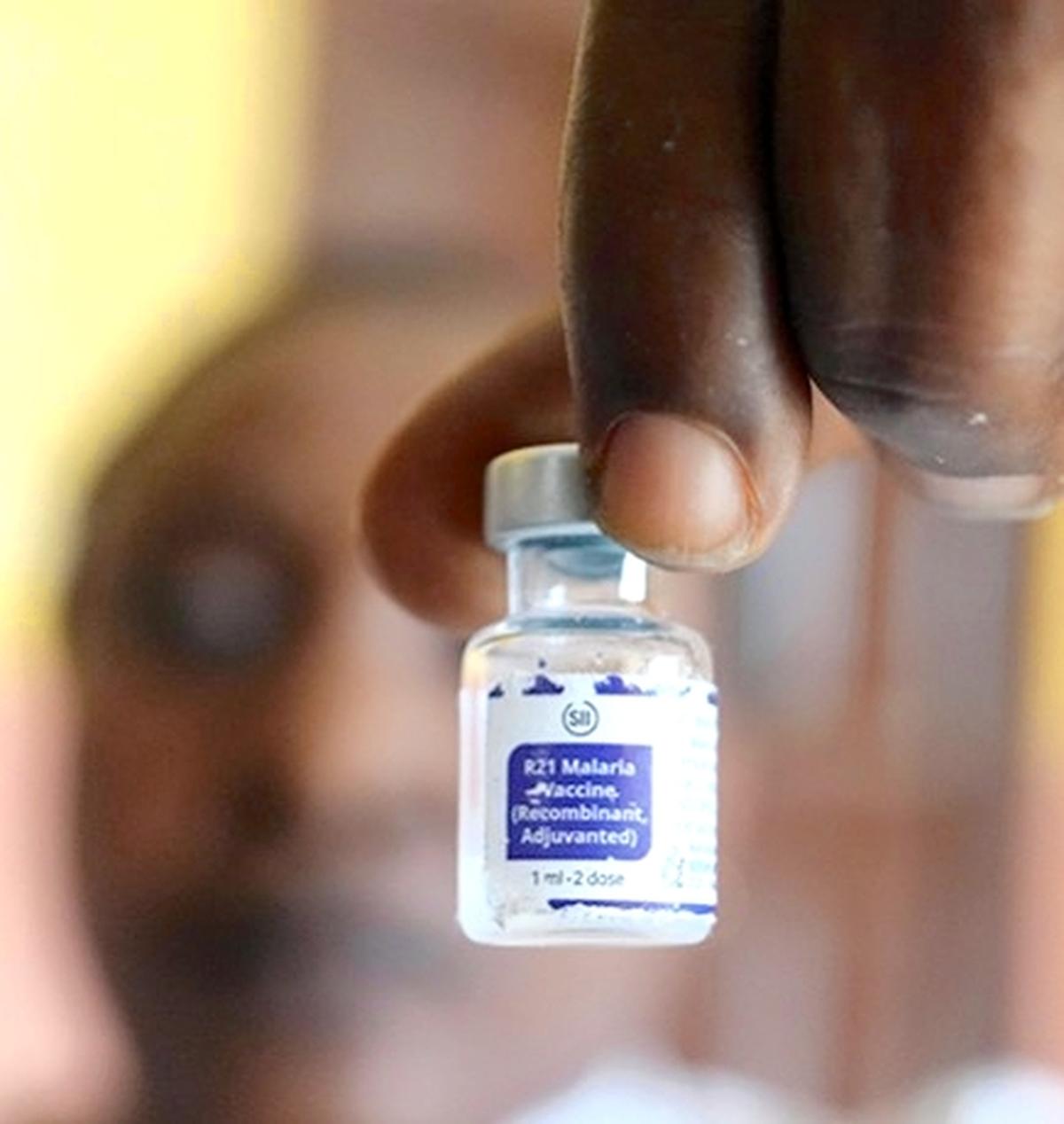Malaria’s new frontlines: vaccines, innovation, and the Indian endgame

India’s Fight Against Malaria: Vaccines, Innovation, and Elimination by 2030
Context:
- India is intensifying efforts to eliminate malaria with next-generation vaccines and indigenous innovations.
- The dual-stage vaccine AdFalciVax, developed by ICMR, targets both pre-erythrocytic and transmission-blocking stages to prevent infection and halt mosquito-mediated transmission.
- Malaria remains a global public health challenge, with 294 million infections and 6 lakh deaths reported globally in 2023.
Concept / Core Issue:
- Malaria is caused by Plasmodium species, primarily P. falciparum and P. vivax in India.
- Persistent challenges include:
- Asymptomatic carriers acting as hidden reservoirs.
- Parasite resistance to antimalarial drugs and mosquito resistance to insecticides.
- Geographic diversity, with tribal, hilly, and remote regions as persistent hotspots.
- Vaccination strategies aim to preempt infection, strengthen immunity, and block transmission, complementing vector control and treatment programs.
Key Data / Facts:
- India reduced malaria burden by over 80% between 2015 and 2023.
- High-incidence tribal districts: Lawngtlai (Mizoram) – 56 cases per 1,000; Narayanpur (Chhattisgarh) – 22 cases per 1,000.
- R21/Matrix-M vaccine: 77% efficacy, WHO-approved in 2023.
- AdFalciVax: preclinical studies show strong immune responses lasting over four months in mice; stable at room temperature for nine months.
- Transmission-blocking vaccines (e.g., Pfs230D1) reduce mosquito transmission by 78–96% in trials.
Significance / Implications:
- Public Health: Reduces infection and transmission; critical for achieving malaria elimination by 2030.
- Scientific Self-Reliance: Strengthens indigenous R&D and manufacturing capacity in vaccines.
- Equity & Access: Room-temperature stability allows deployment in rural, tribal, and remote populations.
- Global Role: Positions India as a potential regional hub for malaria vaccine development and distribution.
Challenges / Concerns:
- Human clinical trials and regulatory approvals may require 7–8 years.
- Effective coverage requires coordination between industry, academia, and public health systems.
- Mixed-species infections (P. vivax and P. falciparum) and vector resistance complicate elimination.
- Innovative approaches (gene drives, mRNA vaccines, engineered antibodies) face technical, ethical, and ecological challenges.
Government Initiatives and Global Context:
- India: National Framework for Malaria Elimination (NFME) 2016–2030; ICMR-led vaccine R&D programs; Expression of Interest for industrial partners.
- Global: WHO Global Technical Strategy for Malaria (GTS 2016–2030); RTS,S and R21 vaccine rollouts; international trials of transmission-blocking vaccines.
Way Forward / Recommendations:
- Scale up AdFalciVax human trials and fast-track regulatory approvals.
- Integrate vaccination with vector control, disease surveillance, and treatment programs.
- Strengthen public–private partnerships and funding for translational research.
- Prioritize dual-species coverage (P. falciparum and P. vivax) to achieve malaria elimination by 2030
Updated - August 01, 2025 10:37 am | The Hindu